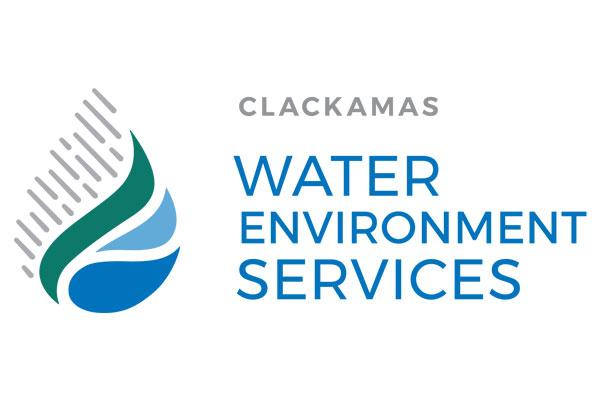Residual fats, oils, and grease (FOG) are by-products of cooking and cleaning that can cause major blockages in municipal sewer systems.
Over 30% of sanitary sewer blockages are caused by FOG buildup. Proper FOG management keeps plumbing systems safe and can reduce maintenance costs.
1. Dry Clean-Up
Always remove food waste using dry methods before using water-based cleaning. Wet methods can wash FOG into drains, causing pipe buildup.
Tips for dry clean-up:
- Use rubber scrapers to remove grease from cookware, utensils, and serving ware.
- Use food-grade paper to soak up grease under fryer baskets.
- Wipe down work areas with paper towels, not cloth towels (which can transfer grease to drains).
- Never pour cooking oils, fats, or grease down the drain.
- Educate staff to keep drain screens in place to prevent utensils and debris from entering plumbing.
2. Spill Prevention
Preventing spills keeps kitchens safer and reduces FOG entering drains.
Best practices:
- Empty containers before they are full.
- Cover grease/interceptor barrels during transport.
- Provide ladles, containers, and tools for safe handling of grease.
3. Equipment Maintenance
Regular maintenance is key to FOG control.
Grease traps and hoods:
- Clean under-sink grease traps according to daily/weekly schedules.
- Contract professional cleaning for large hood filters; smaller hoods can be cleaned with hot water and minimal detergent.
- Ensure ventilation systems are balanced with proper make-up air.
Fryer management:
- Skim/filter fryer grease daily; change oil based on test kits, not guesswork.
- Dispose of used oil into rendering tanks instead of drains.
- Establish a fryer rotation system to extend oil life and reduce carbon buildup.
Cleaning intervals:
- Vary by establishment size and food type; high-volume fryers may require monthly cleaning.
- Fully clean grease traps by removing liquids and solids, scraping walls, and preventing sediment accumulation.
4. Oil and Grease Collection / Recycling
FOG can be a valuable resource if collected properly.
Collection tips:
- Use covered 25-gallon barrels for oil/grease.
- Keep barrels covered at all times to prevent stormwater contamination.
- Separate prerinse (hot water only) and wash/rinse steps to trap grease effectively.
- Dispose of grill-top scraps, hood debris, and fryer solids into rendering barrels.
Food donations:
- Edible food waste can be donated to food banks.
- Inedible scraps can be collected by livestock feeders.
5. Grease Traps
Proper sizing, construction, and placement are critical:
- Ensure all FOG-bearing drains (mop sinks, prep sinks, dishwashers, prerinse sinks, floor drains) feed into grease traps.
- Do not connect toilets to grease traps.
- If needed, consider installing a second grease trap with flow-through venting.
Tip: Consult local city/county authorities or EPA guidance for proper sizing and installation.
6. Consumer Tip
Beware of “miracle” FOG solutions:
- Some products do not prevent downstream accumulation.
- Check vendor references and verify that the system works as claimed.
- Remember: “Out of sight” does not mean “out of mind.”
 Translate
Translate






